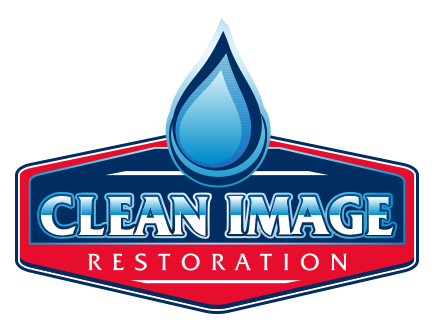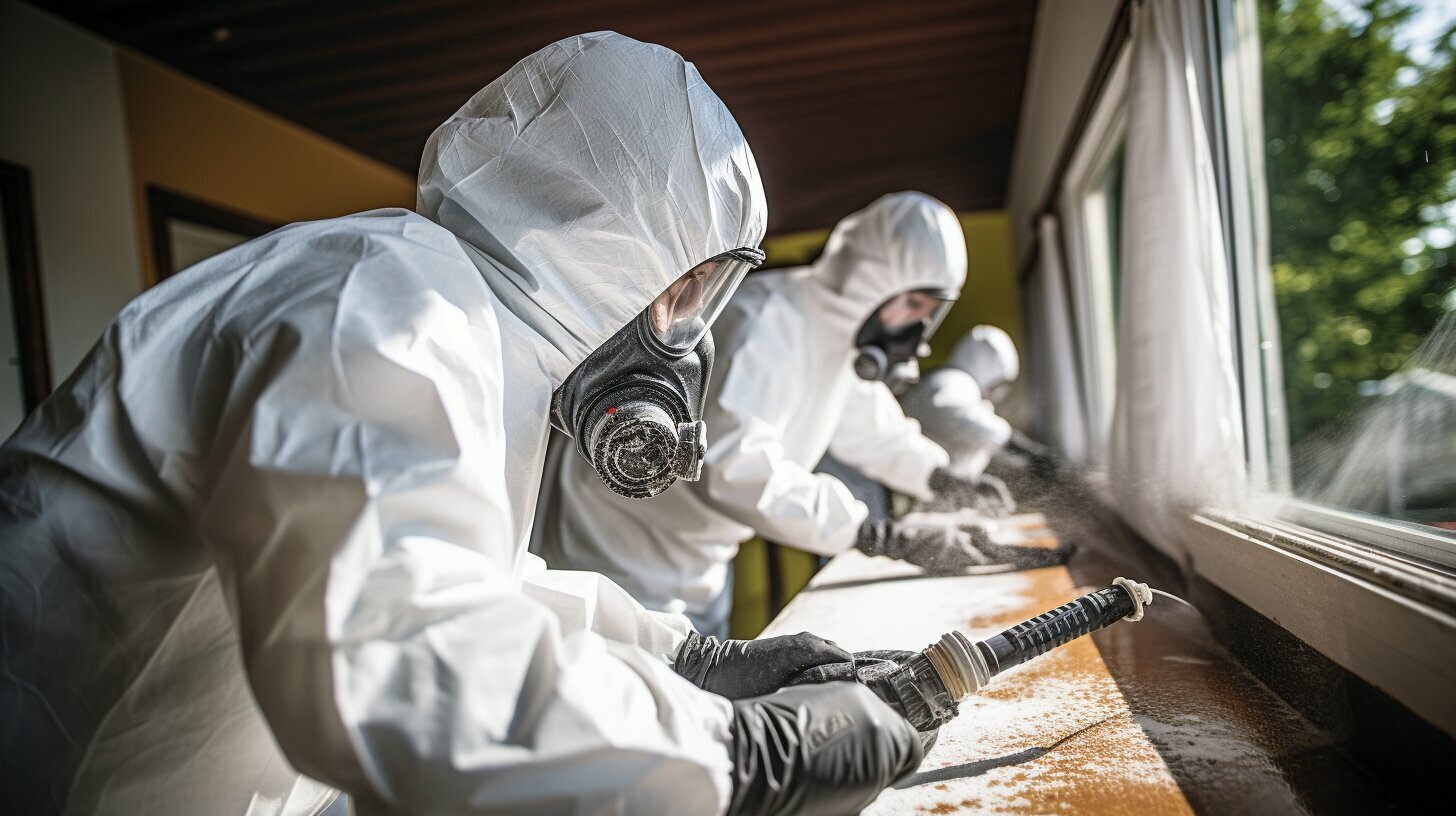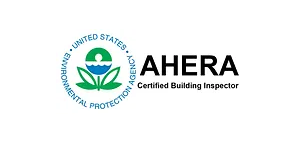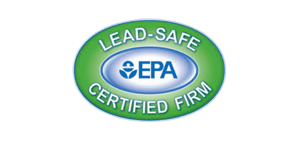Ever wondered why that musty smell in your attic won’t go away? Mold might be hiding in the moist spots and dark corners. It’s hard to spot attic mold because we don’t often check it out. But, it can spread through your home’s air ducts and harm your health. Could your cough or itchy skin be from attic mold you didn’t know about?
Key Takeaways
- Attic mold can thrive in moist, infrequently visited areas.
- Common attic mold signs include colored spots and persistent musty odors.
- Health issues such as asthma or itchy skin may indicate mold presence.
- Inspection for mold should be considered if unexplained health symptoms arise.
- Mold removal services like Crawl Pros offer guarantees for complete eradication.
Understanding the Causes of Mold in the Attic
Mold in the attic is a big problem, often coming from attic moisture sources. Things like attic humidity build up when there’s not enough ventilation. This humidity is perfect for mold to grow.
A big reason for attic mold is HVAC condensation. If air conditioning ducts and systems aren’t well-insulated, condensation happens. This moisture can make its way into the attic, leading to mold over time.
Roof leaks also cause a lot of attic mold. These leaks can come from storm damage, old shingles, or other roof problems. They bring a lot of moisture into the attic, making it a great place for mold to grow.
Other moisture sources include wet insulation, leaky pipes, and neglected attic parts. If attics are not sealed well, mold spores can easily get in and settle in damp spots. This makes mold growth worse.
Attic mold can cause big problems, leading to high costs for homeowners. These problems include damage to property and health risks. To stop these issues, it’s important to have regular checks by attic experts. These pros can find and fix attic humidity, HVAC condensation, and roof leaks. This helps stop mold from growing without being noticed.
Visual Signs of Mold
Spotting mold in your attic is easier with an eye for its visual signs. Look for black spots on the attic roof, which could mean black mold. White mold on wood and joists is also a clear sign. Mold can also show as discoloration in colors like yellow, brown, or green. These signs often come with other signs of moisture issues.
When inspecting your attic, watch for these visible signs:
- Water dripping from smoke detectors.
- Frost on roof sheathing.
- Pools of water around the attic floor.
- Rusty nails and fasteners.
Experts recommend regular attic checks for catching mold early. These inspections help spot mold signs and deal with moisture problems before they worsen.
Recognizing Mold by Smell
Mold can often be found by its musty smell in the attic. This smell is like damp wood or wet clothes left out too long. If you smell damp or mildew when you go into the attic, it could mean mold is there.
Each type of mold has its own smell. Some smell pungent or sour, while others smell tangy or fermented. Some might even smell like the forest, making it hard to tell. A stale, smelly odor often means mold is starting to grow.
Noticing these smells early can help homeowners deal with mold quickly. This stops damage to the house and health problems from mold.
Feeling the Atmosphere in Your Attic
If your attic feels stuffy, hot, or humid, it might mean you have mold growth. This comes from poor attic ventilation. Good airflow is key to keeping mold away.
Insulation problems can make it worse, trapping warm, moist air. Blocked vents can also hurt airflow, making mold more likely. It’s important to check your vents often.
For a mold-free attic, you might need to talk to attic experts. They can check your setup and suggest improvements for insulation and ventilation. This helps keep your attic comfy and safe from mold.
Health Symptoms Indicating Mold Presence
Mold in the attic can harm your health. It can cause coughing, sneezing, and breathing problems. You might also get headaches, a runny nose, or a sore throat.
When you breathe in mold spores, you might react allergically. This can happen even if you’re not allergic to anything before. Respiratory infections and asthma can get worse with mold around.
If you feel tired, have watery eyes, or your nose is always stuffy, think about mold. Mold allergies can feel like regular allergies but are often worse and last longer.
About 10% of Americans have mold allergies. Mold spores can spread from the attic to your home. This can make your symptoms worse and risk your health. It’s important to check for mold early and remove it quickly to stay healthy and safe.
Checking for Moisture Sources
Finding where moisture comes from is key to stopping attic mold. Many things can cause too much moisture, leading to mold growth. Look for signs like dark stains on plywood, wet insulation, or frost on roof sheathing.
Homeowners need to watch for signs of attic mold sources. Important places to check are:
- Poor ventilation systems that trap humid air.
- Improper exhausts from bathrooms or kitchens venting into the attic.
- Roof leakage detection is essential—inspect for any signs of leaks.
Fixing these moisture sources quickly can stop mold from spreading. This keeps your attic safe and your family healthy.
Professional Mold Inspections
Getting a professional to check for mold in your attic is key to fixing the problem right. A professional attic inspection spots mold early, stopping it from getting worse and keeping you healthy. This service is done by a certified attic specialist who knows how to find mold risks and fix them.
A certified attic specialist finds where moisture is coming from and how much mold there is. They use better tools and methods than what you can do yourself. This makes sure mold is fully removed, keeping your home safe and healthy.
Also, a professional attic inspection helps you feel secure, especially when selling your home. By hiring certified experts, you know mold problems are handled well and safely. This saves you from more trouble and costs later on.
Conclusion
Attic health is crucial for a safe home environment. Mold in the attic grows in damp, poorly ventilated areas. It poses health risks and can damage property if not managed well.
Knowing the signs of mold, like seeing it or smelling musty odors, helps homeowners act fast. Understanding what causes attic mold, like leaks or bad ventilation, helps prevent it. Checking for moisture and feeling the attic’s air can spot problems early.
Health issues like breathing problems can mean there’s mold around. This shows why knowing about mold is key. Getting help from mold experts is important for a complete check and removal.
Removing mold well means fixing moisture issues and checking regularly. Keeping up with maintenance and being proactive stops mold before it starts. By being alert and informed, homeowners can keep their attics safe and mold-free. This keeps their homes healthy and valuable.






